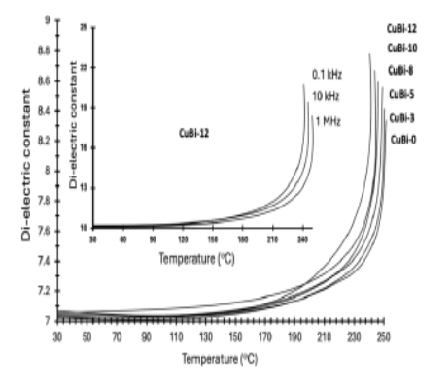


Indian Journal of Science and Technology
Year: 2024, Volume: 17, Issue: 9, Pages: 830-840
Original Article
R Prakash1*, S Srividhya2, S Sivakumar3, P Neelamegam4
1Department of Civil Engineering, Government College of Engineering, Tirunelveli, 627 007, Tamil Nadu, India
2Department of Civil Engineering, Builders Engineering College, Kangeyam, Tirupur, 638108, Tamil Nadu, India
3Department of Civil Engineering, PSNA College of Engineering and Technology, Dindigul, 624622, Tamil Nadu, India
4Department of Civil Engineering, SRM Valliammai Engineering College, Kattankulathur, 603203, Tamil Nadu, India
*Corresponding Author
Email: [email protected]
Received Date:09 January 2024, Accepted Date:01 February 2024, Published Date:22 February 2024
Objectives: The production of conventional cement blocks consumes significant amount of cement. The production of cement, involves significant energy consumption and releases carbon dioxide emissions, contributing to carbon footprint. However, advancements in sustainable masonry block production have been made to minimize these drawbacks. Hence, this research aims to develop a sustainable masonry solid block by incorporating Rice Husk Ash (RHA) and Flay Ash (FA). Methods: The manuscript discusses the mechanical and durability properties of sustainable masonry block and comparing the result with the conventional cement blocks. The materials used are FA, Lime, Gypsum, RHA, Marble Dust Powder (MDP), Stone Quarry Dust (SQD). The solid blocks tested for Compressive strength, Density, Water absorption, Initial rate of water absorption, efflorescence, and chemical resistance. Findings: The results showed that, the addition of RHA, FA, and MDP enhanced the compressive strength of the solid blocks upto 46% when compared to convention cement block. A density reduction of 2.5% was achieved. It also exhibited a reduction in water absorption of 29.2%. IRA tests evident that the sustainable solid blocks shows reduced water absorption levels at both the one-minute and two-minute time intervals in comparison to conventional cement solid blocks. At a one-minute time, the rate of absorption for M4 is 69% lower when compared to conventional cement solid blocks. The RHA, FA and MDP admixed blocks showed better durability properties in terms of efflorescence, and chemical resistance. Novelty : This solid block production method is an innovative methodology that supports the conservation of natural resources, reduces pollution, and preserves the environment. As a result, it encourages the advancement of eco-friendly technology.
Keywords: Sustainable building blocks, Fly ash, Lime, Rice husk ash, Marble dust, Stone quarry dust
© 2024 Prakash et al. This is an open-access article distributed under the terms of the Creative Commons Attribution License, which permits unrestricted use, distribution, and reproduction in any medium, provided the original author and source are credited. Published By Indian Society for Education and Environment (iSee)
Subscribe now for latest articles and news.